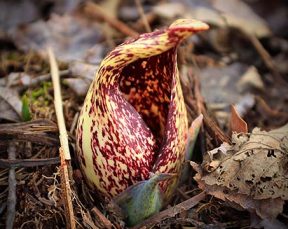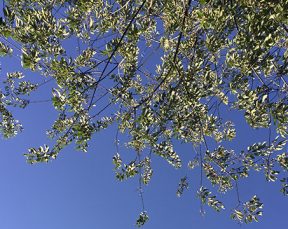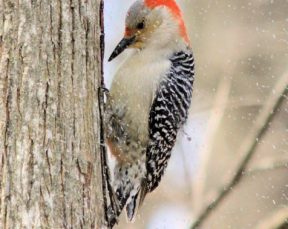By GSWA Volunteer, Jim Northrop
 One of the most common sights in the Great Swamp National Wildlife Refuge is seeing a frog sunning on a log or searching for food. “Frog” is the name given to a large family of adult tailless amphibians that have smooth skin and webbed hind feet. Frogs are not unique to the Great Swamp. They inhabit moist places, near freshwater, all over the world.
One of the most common sights in the Great Swamp National Wildlife Refuge is seeing a frog sunning on a log or searching for food. “Frog” is the name given to a large family of adult tailless amphibians that have smooth skin and webbed hind feet. Frogs are not unique to the Great Swamp. They inhabit moist places, near freshwater, all over the world.
Females lay their eggs in long strings in the water. From these eggs, fish-like larvae called tadpoles or polliwogs hatch out, each with a broad swimming tail, and gills on the sides of the head.
Tadpoles feed on small aquatic plants that they scrape from sticks and stone, with their horny jaws. As they increase in size, the legs grow out and the tail is absorbed. The anterior pair of legs forms first but remains concealed beneath the skin until the hind pair is well developed and conspicuous. With the growth of legs and the loss of tail, the gills disappear and the lungs come into use. Nevertheless, most species always remain in close proximity to water through out their life.
Adults live on animal food such as insects, mollusks, and small fishes. Some do not hesitate to eat members of their own species. Frogs are useful to man in keeping down certain species of insects. They are caught for the flesh in their hind legs, which is tasty white meat of a mild flavor.
The largest North American frog is the bullfrog, 5 to 8 inches long, found almost everywhere east of the Rocky Mountains.



Comments are closed.